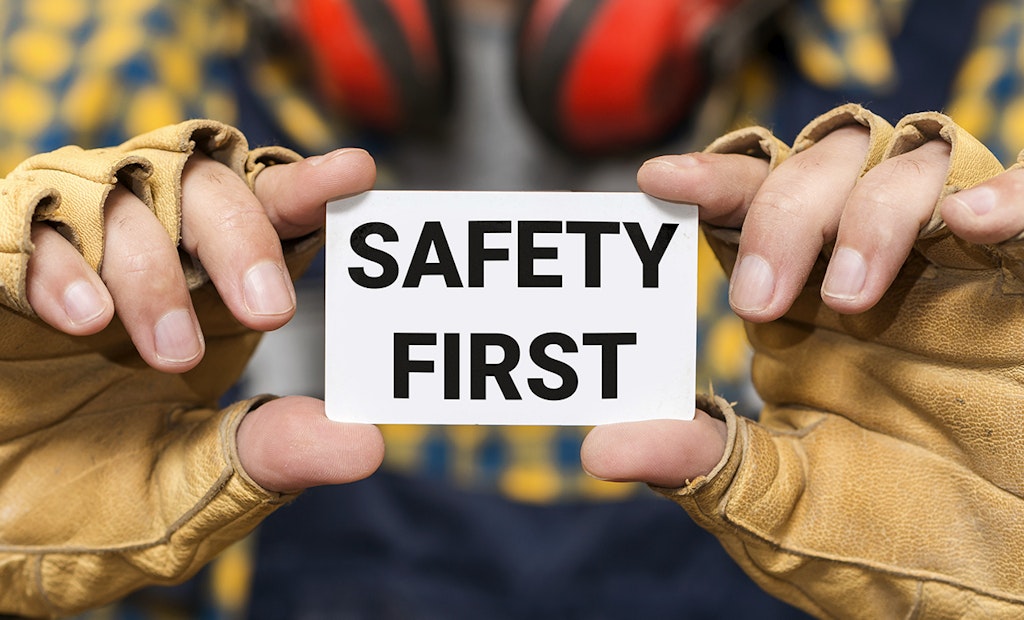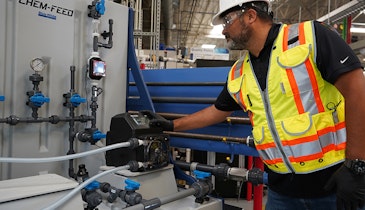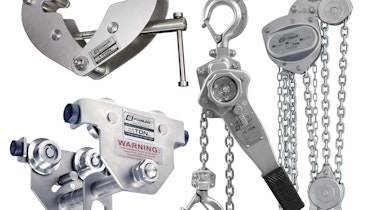Interested in Education/Training?
Get Education/Training articles, news and videos right in your inbox! Sign up now.
Education/Training + Get AlertsLittle can be as important to an organization as training, be it general work-related skills or safety training. Providing effective safety training can have major impacts on the workplace including regulatory compliance, reduction in serious injuries, and the prevention of a workplace fatality. Not conducting quality safety training is just plain dangerous, not only to the workers — it can be costly to management as well.
There are certainly water, wastewater and public agencies in which top management believed OSHA or their state program did not apply to their organization, and therefore, safety training was not a priority (and took a back seat). It is important to remember that OSHA has been a crucial part of our workplaces since President Nixon signed it into law in 1970. When workplace inspections are conducted, failing to provide effective safety training for employees is most often the first citation issued to employers.
Simply stated, safety training is just as critical to an organization as schedule, budget, quality control and customer service, and it is legally required. Safety training is so important that some countries such as Australia have very strict laws which can lead to prison time and massive fines for business owners. Don’t breathe too easy, since we are in the United States of America — it occurs here as well. Both OSHA and state programs can refer cases for criminal prosecution (and have), especially those involving a fatality.
There are numerous examples across the country where managers, supervisors and other executives have been prosecuted personally, fined and jailed over workplace fatalities. Again, one reason was a failure of the key individual to ensure worker training and a safe workplace. It’s important to understand that this has occurred in water, wastewater and public agencies as well.
There are many excuses including, “We have no budget for training,” “There is no time,” “I can’t take workers away from their jobs.” Management or supervisors will often claim last-minute work priorities, and employees “know safety already.” The excuses go on and on.
Not long ago a Water Otter associate was scheduled to teach a confined-space class to a group of public agency workers where about 50% of the department failed to attend due to work conflicts. Even the fire department personnel who were scheduled to attend were a no-show — not because of an emergency, but because a “higher” priority came up. The most concerning part of this situation is that both agencies had never provided their employees any formal training on the subject.
If you are an executive, manager or supervisor, think to yourself, are my career, freedom and financial resources worth risking over choosing not to embrace training, especially safety training? Can you answer truthfully if effective safety training was provided to employees? Did someone get seriously hurt or die from lack of knowledge regarding safe work practices and known hazards?
Training is critical to the success of any organization for many reasons:
- Increased employee awareness, which equates to professionalism.
- Quality training is required to ensure workers have the knowledge of hazards, how to correct them and prevent injuries.
- Training can significantly improve productivity – untrained personnel are just not as productive.
- Reduced costs related to the reduction of workplace injuries, insurance costs, worker compensation premium reductions, medical costs, loss time, etc.
- Avoiding regulatory legal issues, citations, fines and penalties.
- Helping ensure compliance with more than 1,000 state and federal safety and health regulations.
- Providing an edge in recruiting and hiring. Organizations that prioritize training, especially safety training tend to attract and retain the best employees as they feel valued
- Retention – It’s a fact that safety training does reduce worker turnover as they are far more likely to remain with an organization that believes in them and prioritizes their safety. Now more than ever this is important as it has been increasingly difficult to attract and retain quality workers. Employees that feel valued tend to stay and move ahead in the organization
- Significantly increased job satisfaction. It is sad to see on some water and wastewater social media sites how often there are complaints about a lack of training or significant safety issues, or a perceived lack of appreciation from the organization. Training can go a long way in addressing these issues.
- Safety training also helps enhance how workers view their organization as they tend to feel safe and valued.
- Creating a safety training culture is essentially an investment which usually results in workers taking responsibility for their own safety and looking out for others.
It all adds up. Safety training is nothing less than critical and must be embraced by management and supervision to ensure success and reap all the benefits while protecting workers, reducing injury related costs, and improving morale and productivity.
Visit the Water Otter Storefront






